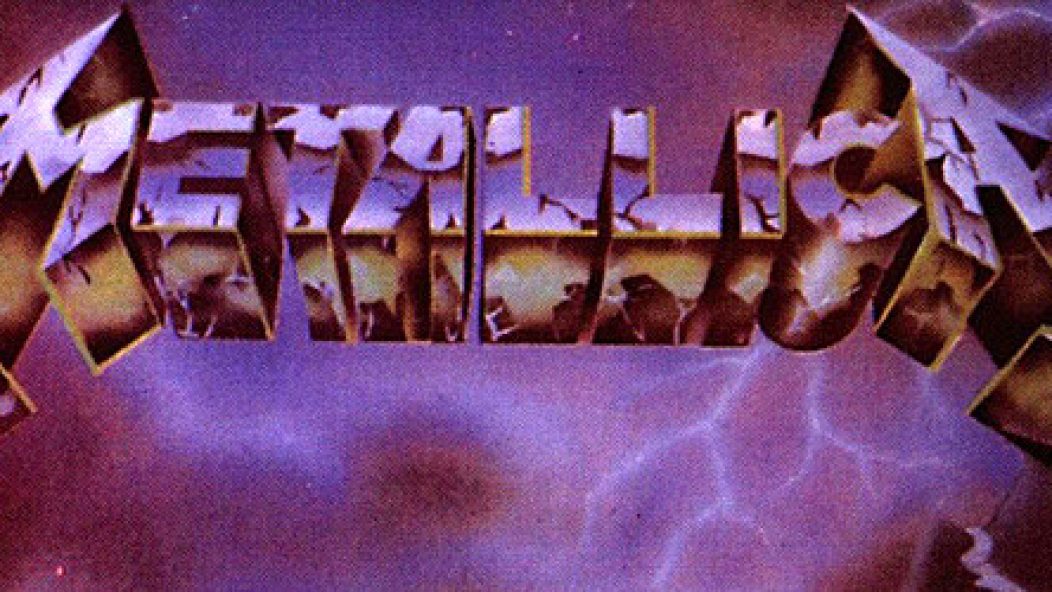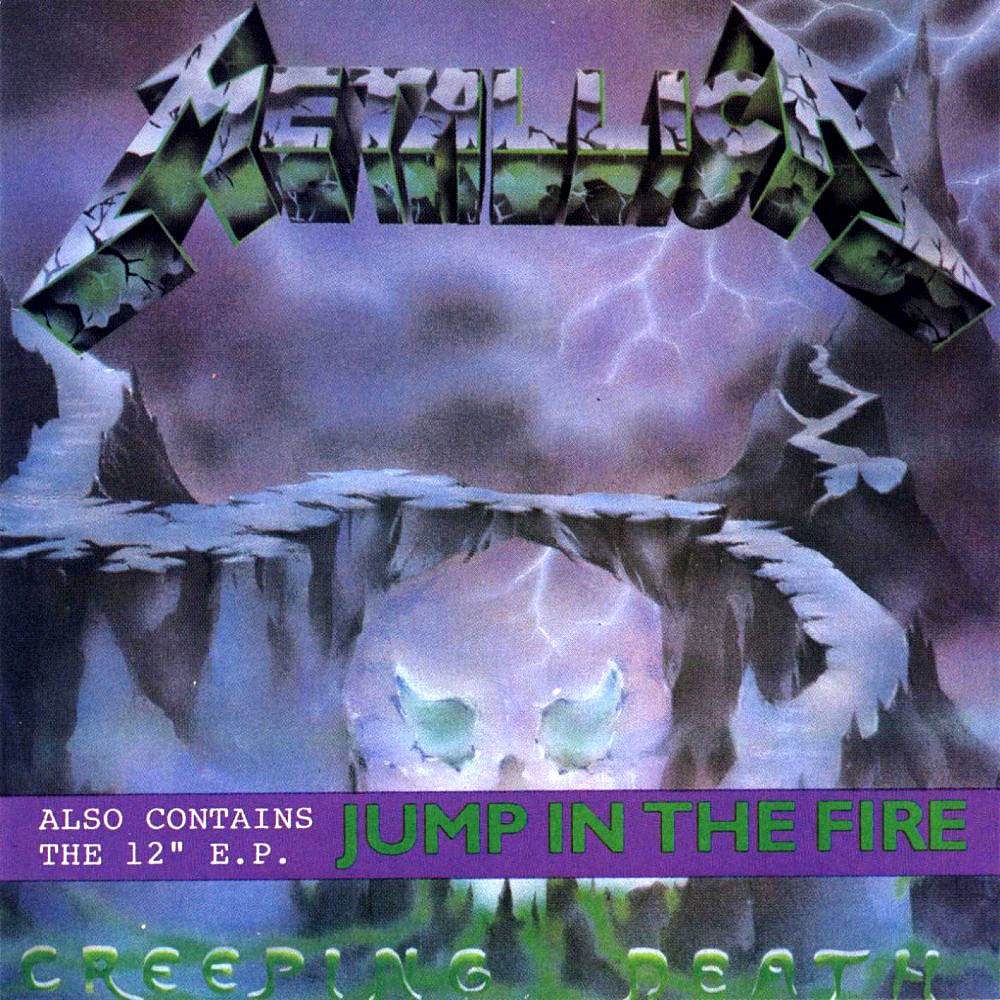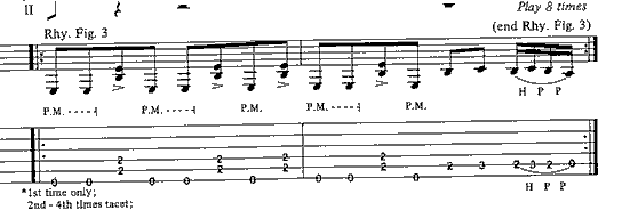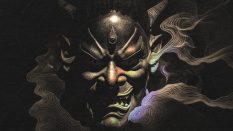
Metallica: The First Four Albums - "Creeping Death"
. . .
When I was young, my parents put me in a Christian school. There, alongside reading, writing, and ‘rithmetic, I learned the Bible. I didn’t grow up with the usual fantasy stories drilled into Western kids like Winnie the Pooh or Alice in Wonderland; for some reason, my earliest reading was a self-administered diet of comic strips and baseball box scores. So the Bible was the heaviest fantasy story I’d encountered up to that point – except it wasn’t supposed to be fantasy. Richard Dawkins and Deicide were both some years away, so I went along with it.
The Bible is a really exciting read. It has gore and sex and lots of smiting. My young mind grasped these concepts to various degrees. What gripped my imagination the most were three accounts of teleportation and ghostly forces. The first was the Rapture, which involved some set theory I didn’t really understand. Being “taken away” didn’t seem like a good thing, but evidently that’s what happened to good people. The second was the story of Enoch and Elijah, the only people who went to heaven without dying. “And Enoch walked with God: and he was not; for God took him”. (Genesis 5:24) “[A]nd Elijah went up by a whirlwind into heaven”. (2 Kings 2:11) That’s fucking heavy for a kid who’s into Family Circus and Garfield.
What blew my mind the most were the Plagues of Egypt, specifically the “death of the firstborn”. “For the Lord will pass through to smite the Egyptians; and when he seeth the blood upon the lintel, and on the two side posts, the Lord will pass over the door, and will not suffer the destroyer to come in unto your houses to smite you”. (Exodus 12:23)
This was particularly relevant since I am a firstborn. I envisioned myself being smitten by “the destroyer”, which my feeble imagination cast as a ghost: white, wind-like, flowy. I would have been in deep smit. At the same time, Enoch and Elijah and all the good people were flying up to heaven as if a Ryanair sale were going on. So I was a little confused; maybe this ghostly force wasn’t so bad.
But whatever it was, it was ghostly. It was quiet. My mind’s eye still sees the crude illustration my young imagination drew to portray the destroyer, and the doorways it would steal up to, checking for blood upon the lintel. (Evidently, this was a rather inefficient ghost that operated linearly instead of using batch processing.) It was silent and deadly. Because I didn’t yet have reference points like haunted house movies, it seemed sort of like a burglar, but whooshy.
I don’t think Metallica were thinking “whooshy” when they wrote “Creeping Death”. They were probably just trying to write a bad-ass song. But assuming that their first concerns were musical, they managed to capture that “whooshy” aspect in the song’s main riff. It looks like this:
. . .
. . .
If you don’t understand guitar tablature, here’s what’s going on. For the first bar and a half of this two-bar phrase, the guitar is simply playing an E power chord. Instead of playing it all at once, it separates it out into single-note low E’s punctuated by stabs of the rest of the chord. The low E’s are palm-muted, meaning they have a staccato attack, sounding like “djud djud”. The sound is violent and percussive.
In the last half of the second bar, however, the minor sixth comes into play. Here, the minor sixth is C, represented by the number 3. So the guitar steps away from hammering out power chords to introduce a minor sixth, which to me is a very feminine note. Many pop songs use the minor sixth to denote “sad/emo/pretty”; I lean on it hard as a crutch in my own guitar playing. The 3 comes in once and then again quickly afterwards in the cluster of four 16ths that end the riff. That cluster has slur notation under it (the curved line) and “H P P”, denoting the guitar techniques of hammer-on and pull-offs.
What this all adds up to is that those last four notes are basically a little flutter. The slur notation and hammer and pull-offs are all just instructions that say, “play this smoothly”. So we have a hammering, jagged power chord for most of the riff, but with a feminine flutter at the end. OK, maybe it doesn’t exactly feel feminine, since it’s moving at high speed through distortion. But the effect is definitely there. That little flutter gives a lilt and a depth to the riff that’s perfect for the song.
Note that this is “Creeping Death”. Not “Pounding Death” or “Screaming Death”, but one that “creeps across the land”. So some grace is involved, and the riff encapsulates that perfectly. I think Cliff Burton understood this, at least instinctively, because his first notes in the song are a variation on that same flutter. He could have entered straight into the power chord alongside the guitars, but he chose to precede it with a little filigree touching the minor sixth.
Of course, the song is not about filigrees and flutters. But the fact that its main riff contains a small curtsy only enchances the effect when it drops into its smashmouth “Die by my hand” chant. Contrast, force, momentum, depth: this is as perfect as metal gets. I don’t know what would have happened had I heard “Creeping Death” when I learned about the Plagues of Egypt. Perhaps I would have become a raving Christian (“screw Stryper, Metallica is where it’s at!”), or maybe my mind would simply have turned to mush. It still kind of does each time I hear it as an adult.
. . .
Metallica – “Creeping Death”
[audio: METALLICA_CREEPING.mp3]
. . .
METALLICA: THE FIRST FOUR ALBUMS
“Escape”
“Trapped Under Ice”
“Fade to Black”
“For Whom the Bell Tolls”
“Ride the Lightning”
“Fight Fire With Fire”
“Metal Militia”
“Seek & Destroy”
“No Remorse”
“Phantom Lord”
“Whiplash”
“(Anesthesia) Pulling Teeth”
“Jump in the Fire”
“Motorbreath”
“The Four Horsemen”
“Hit the Lights”
. . .













